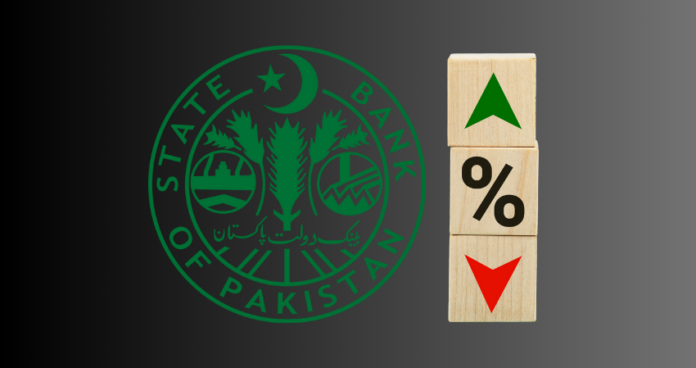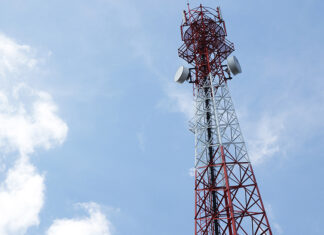The State Bank of Pakistan is expected to cut the policy rate by 100 basis points (bps) as the Monetary Policy Committee (MPC) will meet on Monday, July 29, 2024, to decide on monetary policy for the next two months.
The Governor of SBP Jameel Ahmad will announce the monetary policy decision at a press conference on the same day after the MPC meeting.
A recent poll by Topline Securities reveals that 75% of market participants expect a rate cut, with 60% predicting a reduction of 100 basis points. This anticipation aligns with forecasts of lowering the policy rate to 19.5%, driven by an expected decline in inflation to 11% in July 2024.
If realised, this adjustment would mark the second consecutive rate cut following a 150 basis point decrease at the last meeting—the first cut since June 26, 2020.
Topline Securities projects that by June 2025, the policy rate could drop further, ranging between 15% and 16%, assuming a real interest rate of 300-400 basis points, with inflation averaging between 13% and 13.5% for fiscal year 2025.
As of June 2024, the real interest rate stands at approximately 790 basis points, based on an inflation rate of 12.6%, and would adjust to around 850 basis points with the anticipated July cut. This level provides the central bank ample leeway to manage external shocks or delayed effects of fiscal policies.
Additionally, both the six-month Karachi Interbank Offered Rate (KIBOR) and six-month Treasury Bills rates have decreased by 83-84 basis points since the last monetary policy committee meeting on June 10, 2024, now standing at 19.84% and 19.52%, respectively. This decline further supports market expectations of an impending rate cut.
IMS Research has also predicted a rate cut of 100 bps bringing the policy rate down to 19.5% as the July Consumer Price Index is expected to fall clock in at 10.8%.
According to IMS Research, inflation estimates for July suggest a Consumer Price Index (CPI) of 10.8%, with a three-month average from May to July at 11.5%. Despite recent tariff adjustments and fiscal measures, inflation is projected to stabilise between 11% and 13% throughout fiscal year 2025. Current real interest rates, calculated with forward-looking CPI estimates, stand over 500 basis points.
Pakistan has secured a staff-level agreement with the International Monetary Fund for a 37-month Extended Fund Facility (EFF) worth approximately $7 billion. This agreement is expected to bolster the central bank’s foreign exchange reserves, supported by potential increases in imports due to further monetary easing. The EFF is also anticipated to facilitate Pakistan’s access to additional international debt markets.
The government’s tight fiscal stance provides room for monetary easing to stimulate growth. The Federal Board of Revenue (FBR) targets a 40% year-on-year growth in tax collection for FY25, achievable through newly implemented taxes and rationalization of previous exemptions.
As per IMS, the equity market is expected to respond positively to the continuation of monetary easing, particularly after a 3.5% correction in the KSE100 Index attributed to political uncertainties. Anticipated lower interest rates could drive institutional buying, boosting liquidity and potentially enhancing earnings growth in cyclical sectors due to lower commodity prices and reduced finance costs.
However, global economic factors, such as the cautious stance of major central banks like the US Federal Reserve and the European Central Bank, could influence the timing of the SBP’s monetary easing.
Additionally, political instability in Pakistan might affect fiscal performance and delay external financial assistance, potentially necessitating a pause in the planned rate reductions.
























